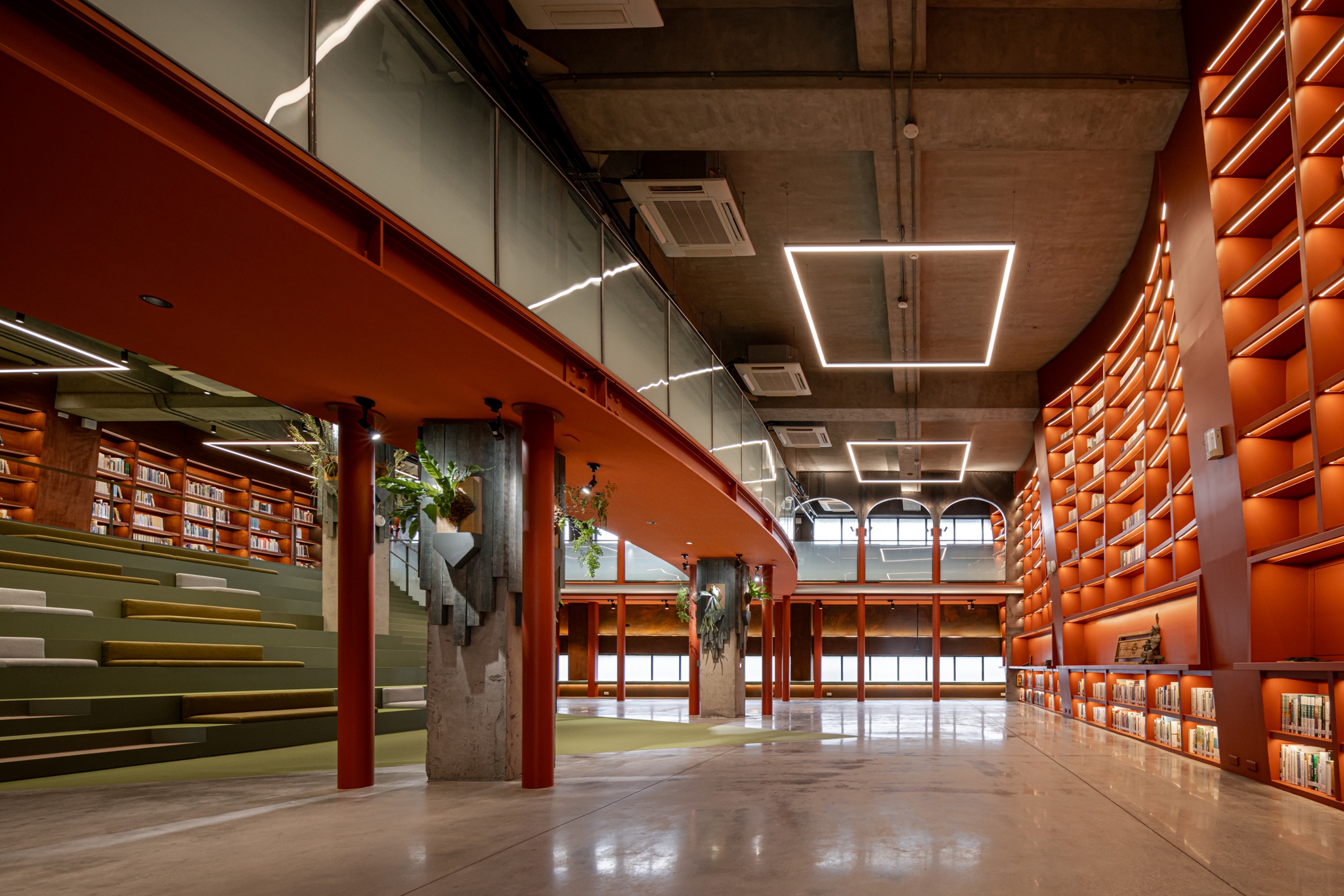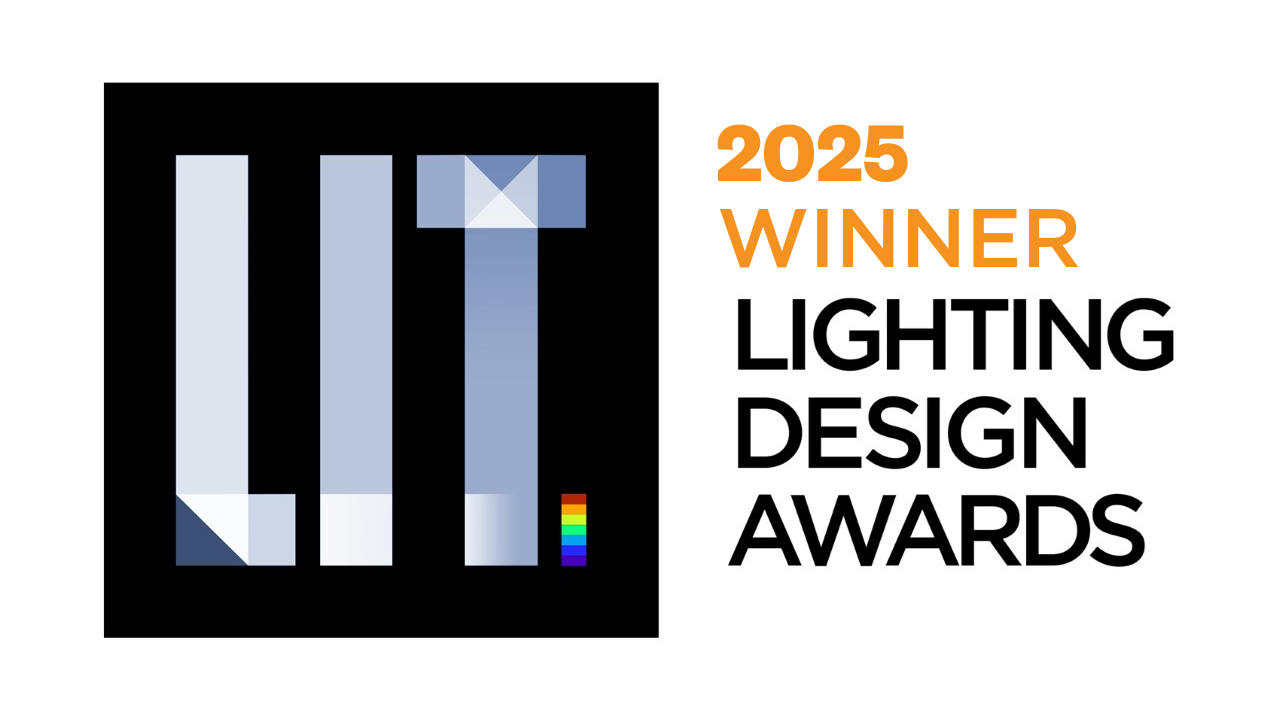Prize(s) Winners in Public Building Lighting Design
Lighting Design/Product Company Oudelight Inc.
Lead Designers Yi-Chang Chen
Other Designer's names Hao-wei Lin
Architecture Company Office Archipel
Interior Design Company Office Archipel
Client Cultural Affairs Department of Pingtung County Government
Photo Credits Yuchen Chao Photography
Other Credits Krux design ( Kuan-Yu Liu )
Completion Date Oct. 2024
Project Location Pingtung City, Taiwan
Entry DescriptionThis lighting design transforms a 1964 tobacco-leaf warehouse in Pingtung, Taiwan—reborn as a cultural heritage material archive and educational venue—into a luminous “Hall of Floating Light.” The concept pays tribute to the site's industrial memory while shaping a new poetic experience through carefully layered illumination.
A monumental curved bookshelf becomes the spatial heart, softly lit with warm 3000K indirect light that blends into the copper and wood finishes. This wall glows like a lantern, offering both ambient illumination and symbolic warmth. Above, exposed steel trusses and column capitals are lit with elliptical beams that accentuate structural rhythm and material aging, preserving the building’s raw industrial character.
Linear pendants and graphic ceiling frames follow a geometric logic that contrasts with the soft curvature of the space, creating visual tension and balance. The lighting design bridges past and present—evoking memory, quietness, and depth—while enhancing accessibility, visual comfort, and the emotional resonance of reinhabited heritage architecture.
Sustainability ApproachSustainability in this project is rooted in adaptive reuse and minimal intervention. The lighting design fully utilizes LED fixtures with high energy efficiency and long lifespans, reducing overall power consumption and maintenance needs. By emphasizing indirect lighting and precise beam control, the design minimizes glare, light spill, and ecological disruption within the preserved heritage structure. Existing architectural elements were highlighted rather than replaced, avoiding unnecessary construction waste. All lighting drivers and power supplies were installed in accessible indoor locations to extend component life and simplify future servicing—ensuring long-term operational sustainability without compromising spatial quality.


